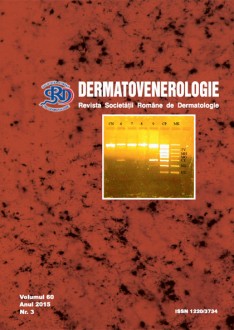Introduction: Most sexually transmitted infections (STIs) are asymptomatic, which leads to delayed diagnosis and treatment. Although there is a variety of methods to detect STIs, the polymerase chain reaction (PCR) is a quick, safe, non-invasive method and shows high sensitivity and specificity. First morning urine is used as a specimen, having the advantage of non-invasiveness and selfcollection.
This method can detect six pathogens: Chlamydia trachomatis, Neisseria gonorrhoeae, Mycoplasma genitalium, Mycoplasma hominis, Ureaplasma urealyticum UU and Trichomonas vaginalis.
Method: The first morning urine is self-collected in a sterile container. In the laboratory, urine is subject to DNA extraction, then this is amplified, in a subsequent step, agarose gel electrophoresis is performed, and finally, the products are examined under UV light.
Clinical case report: Patient aged 33 is sent by the urologist to perform PCR, noting that the patient is asymptomatic, the urine culture and semen culture are negative, and he presented with infertility for 2 years. The PCR result is positive for CT, NG and UU.
Discussion: PCR can detect simultaneous STIs, resulting in a targeted and accurate treatment, with a short working time, available to every clinician.
Conclusion: PCR used in detecting STIs shows the following advantages: rapidity, non-invasiveness and simultaneous detection of six pathogens: CT, NG, MG, MH, UU and TV, advantages needed by a screening program.


